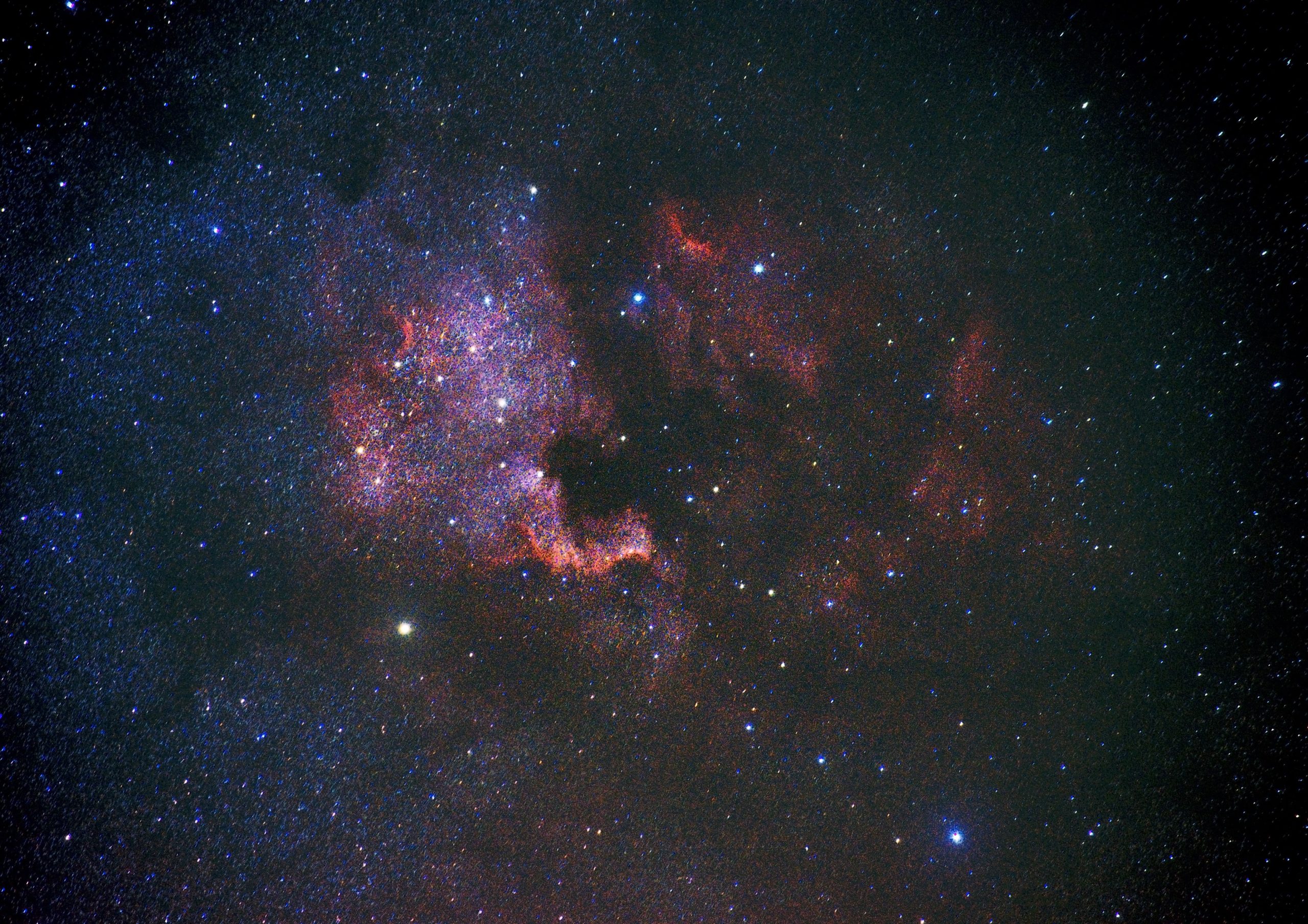The Moon Cycle Schedule: Understanding the Phases of the Moon
Do you ever find yourself gazing up at the night sky and wondering about the moon’s ever-changing appearance? The moon’s cycle, also known as its lunar phase, is a fascinating phenomenon that has captivated humans for centuries. In this blog post, we will delve deep into the intricacies of the moon cycle schedule, exploring its different phases and the science behind it.
The Basics: What is the Moon Cycle?
The moon cycle refers to the recurring pattern of changes in the moon’s appearance as observed from Earth. The moon does not emit light of its own, but rather reflects the sunlight that falls upon it. As it orbits around the Earth, different portions of the moon become illuminated by the sun, resulting in distinct phases.
Understanding the Phases of the Moon
The moon cycle consists of eight main phases: New Moon, Waxing Crescent, First Quarter, Waxing Gibbous, Full Moon, Waning Gibbous, Third Quarter, and Waning Crescent. Let’s take a closer look at each phase:
- New Moon: The New Moon phase occurs when the moon is positioned between the Earth and the Sun. From Earth, the moon appears completely dark since the side facing us is not receiving any sunlight.
- Waxing Crescent: Shortly after the New Moon, a small sliver of the illuminated side becomes visible from Earth. This phase is called the Waxing Crescent.
- First Quarter: As the moon continues its orbit, about one week after the New Moon, half of its surface is visible. This phase is known as the First Quarter since the moon has completed approximately one-fourth of its journey around Earth.
- Waxing Gibbous: The Waxing Gibbous phase is characterized by the increasing illumination of the moon. During this phase, more than half but not all of the moon’s surface is visible from Earth.
- Full Moon: The Full Moon is one of the most popular and easily recognizable lunar phases. It occurs when the Earth, moon, and sun are almost perfectly aligned. As a result, the entire illuminated side of the moon is visible to us.
- Waning Gibbous: Following the Full Moon, the Waning Gibbous phase begins. During this phase, the moon’s illumination gradually decreases, but more than half of the moon remains visible from Earth.
- Third Quarter: When the moon completes three-fourths of its orbit around Earth, it enters the Third Quarter phase. At this point, half of the moon becomes visible once again, but on the opposite side from the First Quarter.
- Waning Crescent: The final phase of the moon cycle is the Waning Crescent. During this phase, only a small curved sliver of the moon’s illuminated side is visible from Earth.
Factors Affecting the Moon Cycle
The moon’s cycle is primarily influenced by two factors: its revolution around the Earth and the angle at which sunlight strikes its surface.
The moon takes approximately 29.5 days to complete a full orbit around Earth, resulting in a month with roughly this duration. However, it’s important to note that this is not the same as a calendar month, which typically consists of 30 or 31 days.
As the moon orbits the Earth, the angle at which sunlight reaches its surface changes. This shifting angle determines the amount of the moon’s illuminated side that is visible from Earth, hence creating the various lunar phases.
Practical Applications: The Moon Cycle Schedule
Understanding the moon cycle schedule can have practical applications in various fields, including astronomy, gardening, and even fishing. Here are a few examples:
| Field | Application |
|---|---|
| Astronomy | Astronomers use the moon cycle to plan observations. For example, they may schedule observations during the New Moon phase to ensure the sky is dark and not influenced by the moon’s illumination. |
| Gardening | Some gardeners follow the moon cycle schedule when planting and tending to their crops. It is believed that different lunar phases influence plant growth, with certain phases favoring root development, leaf growth, or fruit production. |
| Fishing | Fishermen often consult the moon phase to determine the best times for a successful catch. Many believe that fish are more active during certain phases, such as the full moon, resulting in better fishing opportunities. |
Conclusion
The moon cycle, with its mesmerizing phases, presents a visual spectacle that has intrigued humanity for centuries. Understanding the science behind the moon’s changing appearance allows us to appreciate the beauty of our celestial companion even further. Whether you’re an astronomer, a gardener, or a fishing enthusiast, the moon cycle schedule offers insights that can enhance your experiences and endeavors. So, next time you gaze up at the night sky, take a moment to appreciate the moon and its ever-changing presence.
Table of Contents
